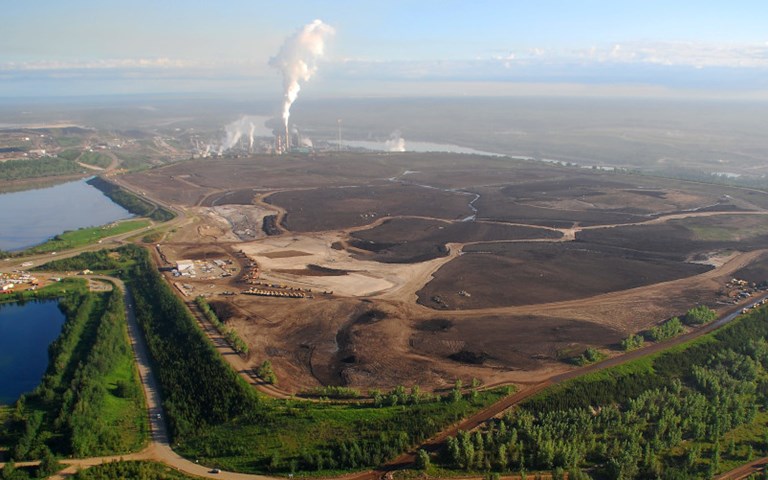Suncor's reclaimed tailings ponds in the oilsands. Courtesy of Suncor.
Natural Resources Canada (NRCan) awarded $1.6 million on Sept. 17 to the Saskatchewan Research Council (SRC) under its Clean Growth Program to develop a technology to analyze clay content in oil sands and mine tailings.
SRC will use the $1,602,807 in funding to develop the technology, which will measure active clay content in mineral deposits in almost real time, in partnership with Suncor Energy and the Northern Alberta Institute of Technology.
Project collaborators are also financially contributing to the project, bringing the total investment to $2.29 million.
Clay naturally occurs in mineral deposits and is difficult to remove in tailings since it attracts water. According to NRCan, the clay analyzer will measure clay content in real-time and allow mining companies to develop more effective strategies for process control and tailings management.
Related: Bacterial mutants and hydrogen peroxide may be keys to reclaiming value from tailings ponds clean-up
SRC and its partners are working on building a prototype automated clay analyzer based on the methylene blue index method of measuring clay content in oil sands – an index test that uses blue dye to measure the physical properties of clay through absorption levels – and will use it to test the technology on industrial materials under controlled process conditions. The objective is to develop a device that measures this in real-time as it would allow operators to optimize their fluid tailings treatment, save costs and reduce their use of chemicals and land use for tailings deposits.
“The project will provide mining operators with an important measurement device that can be used in concert with process control techniques to automate and enhance the efficacy of tailings treatment, thereby improving water recycling and accelerating reclamation,” explained Saskatchewan’s Minister of Trade and Export Development, Jeremy Harrison. “It is expected there will be savings in operating costs and in energy and water use and a reduction in waste, which will create efficiencies and reduce the overall environmental impact of mining.”
According to NRCan, the project will help miners reduce tailings deposit footprints and land disturbances, allowing “a faster path to reclamation, and a smaller overall footprint of mining.” The technology is also expected to reduce operating costs, energy and by-products and wastes and be applicable to different types of mines, from diamond to potash and more.



